NBP periodically publishes short articles on nuclear energy matters which either have a geographic or topical focus. Feel free to browse through all our articles and if you would like to read on something specific, please use the search function. For example, you can search for articles relating to Africa or India or financing or SMR etc. You can also use the filter function to see articles pertaining to Asia, Africa, India or Türkiye.

MERALCO’s Nuclear Journey: A Blueprint for Southeast Asia
MERALCO is pioneering nuclear energy in Southeast Asia! From scholarships to global partnerships, this Philippines utility is paving the way for a sustainable energy future. Their strategic approach offers a blueprint for other utilities in the region.
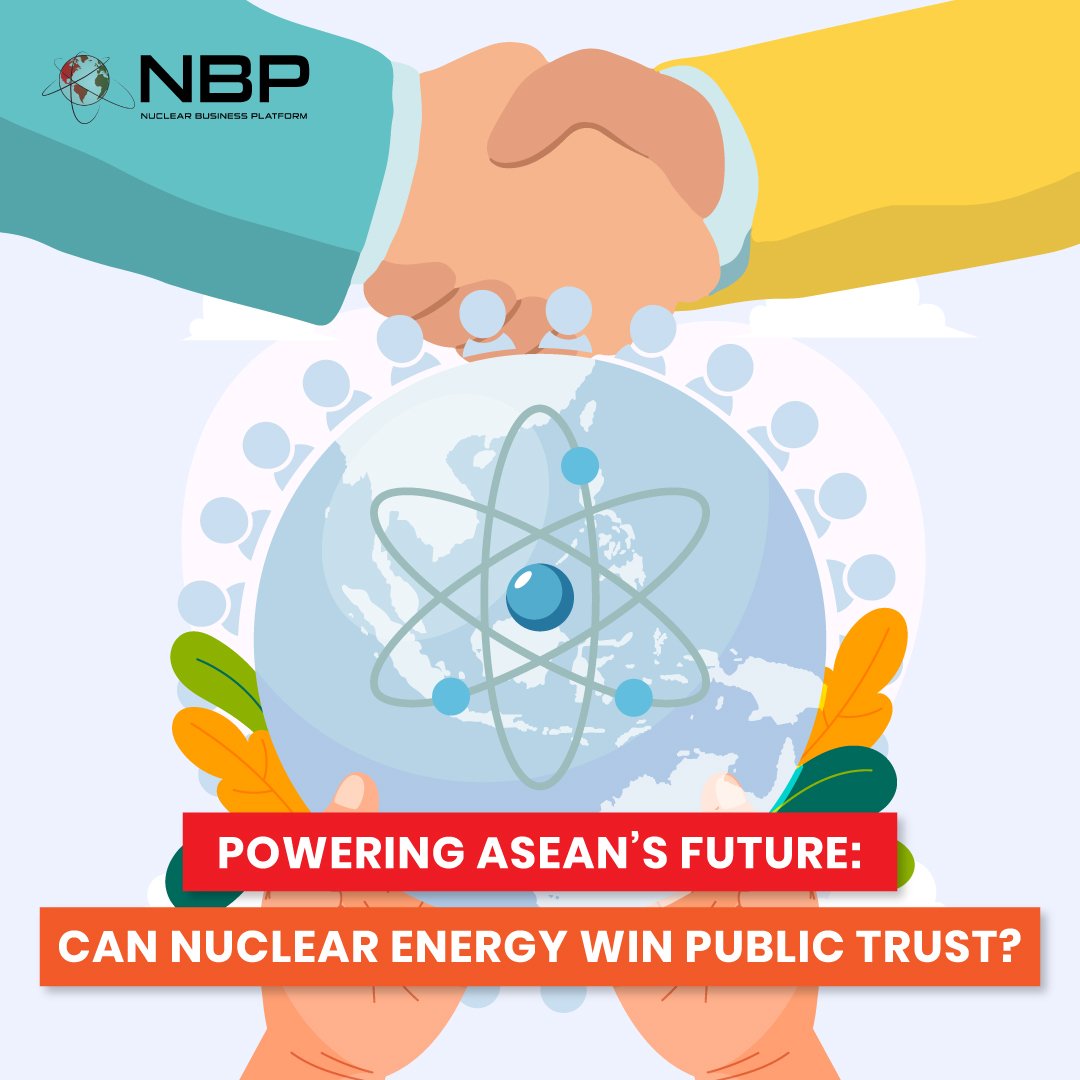
Powering ASEAN’s Future: Can Nuclear Energy Win Public Trust?
ASEAN's nuclear future hinges on public trust! As nations like Indonesia, Philippines, Thailand, and Vietnam explore nuclear energy, public acceptance is crucial. Transparency, education, and community involvement are key to building confidence and ensuring successful implementation.
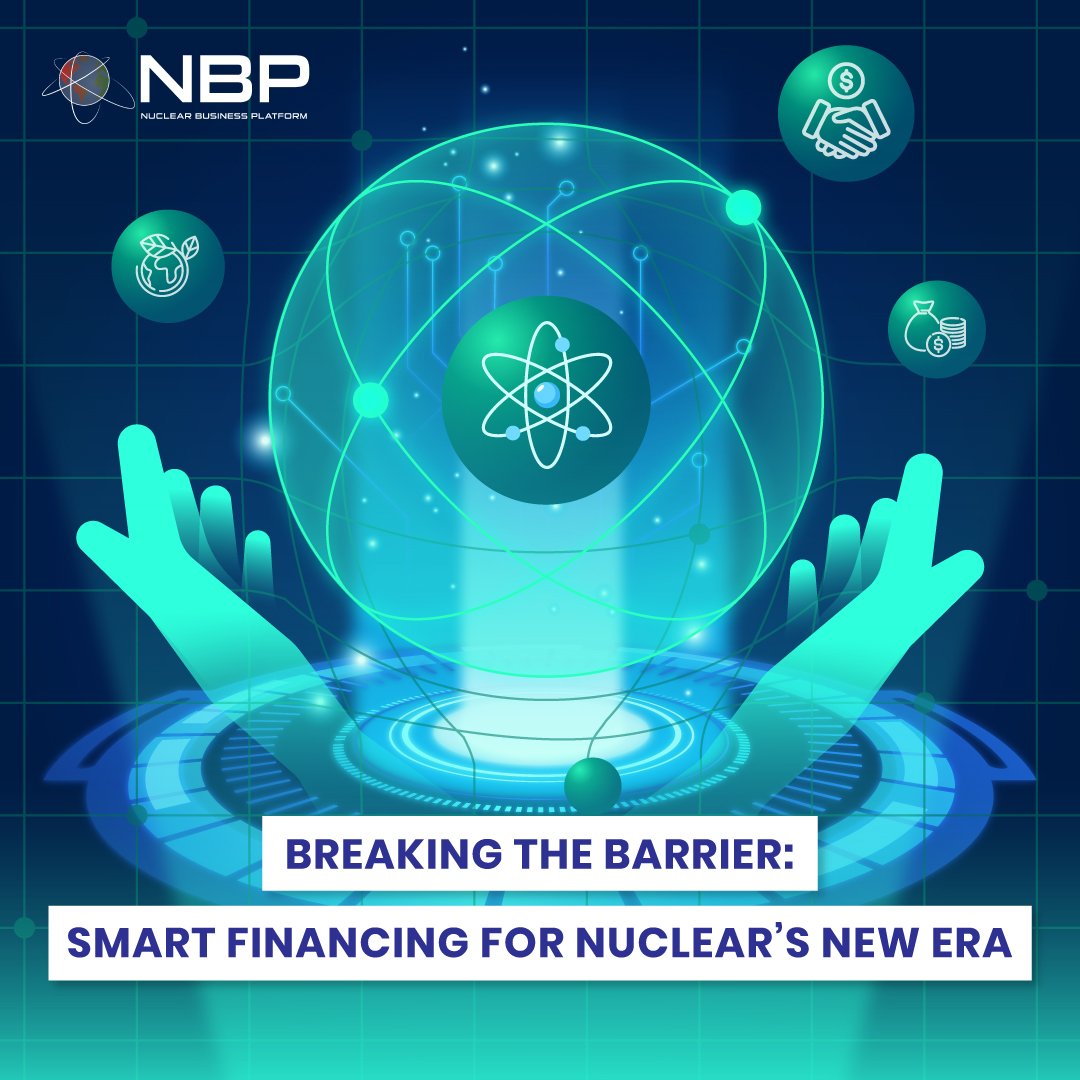
Breaking the Barrier: Smart Financing for Nuclear’s New Era
Nuclear energy is vital for decarbonization, but financing remains a hurdle. To meet 2050 targets, capacity must triple, requiring innovative models like RAB, CfDs, and PPPs to de-risk investments. Strong policy, risk management, and international collaboration are crucial for a sustainable nuclear future.
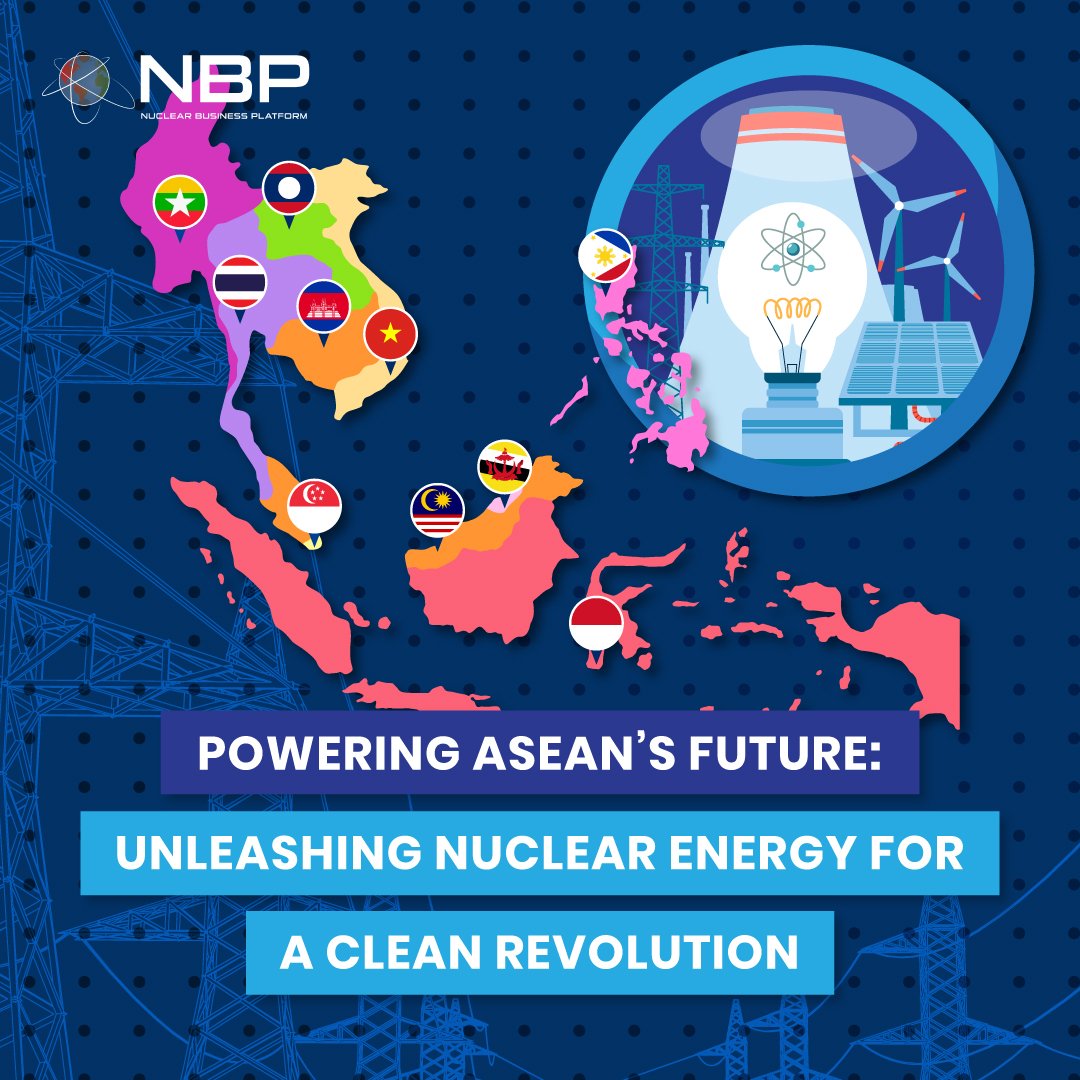
Powering ASEAN’s Future: Unleashing Nuclear Energy for a Clean Revolution
ASEAN countries are increasingly turning to nuclear power to meet their growing energy demands and decarbonization goals. Indonesia, Philippines, Thailand, and Vietnam are leading the way with ambitious plans for nuclear power plant deployment and SMR adoption.
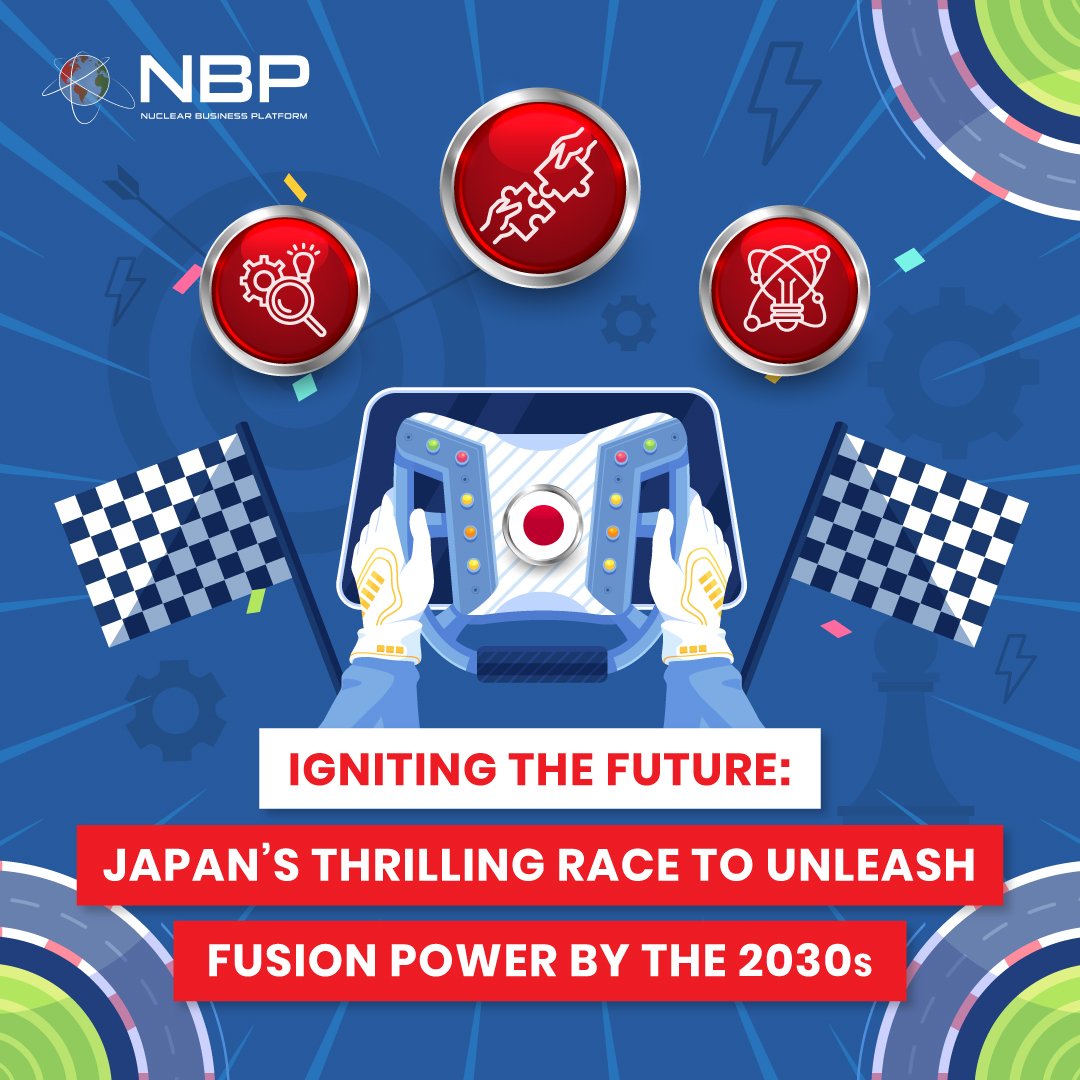
Igniting the Future: Japan’s Thrilling Race to Unleash Fusion Power by the 2030s
Japan is accelerating its fusion energy ambitions! With a new goal of generating electricity from fusion by the 2030s, Japan is transitioning from research to commercialization. Through the Moonshot Programme and strategic partnerships, Japan aims to strengthen its position in the global fusion industry.
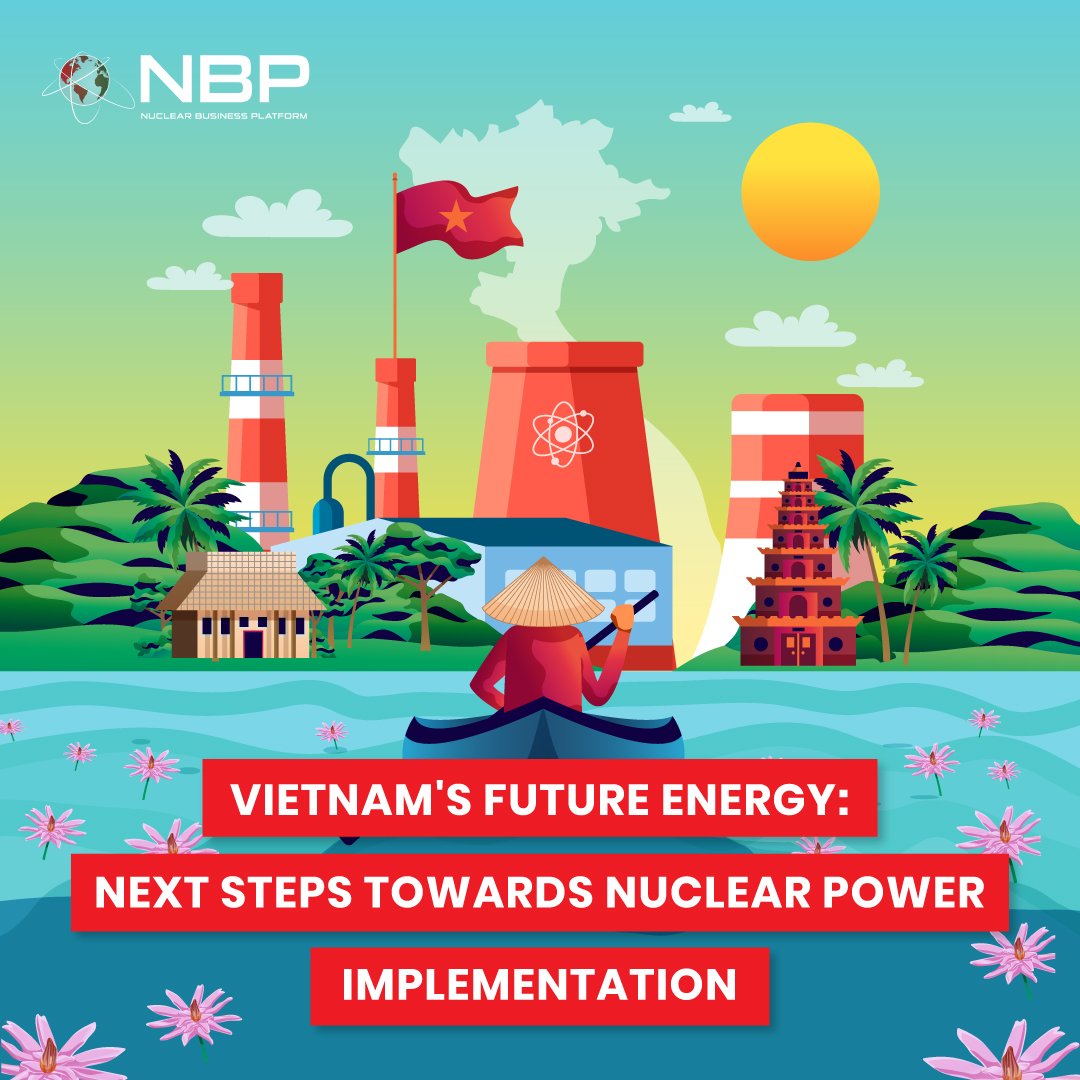
Vietnam's Future Energy: Next Steps Towards Nuclear Power Implementation
Vietnam is reviving its nuclear energy ambitions! With a target of 9 GW by 2040, the government is fast-tracking the Ninh Thuan nuclear power project and exploring SMRs. This strategic move strengthens Vietnam's commitment to clean energy and sustainable development.

Kazakhstan’s Nuclear Gold Rush: Who Will Win the $15 Billion Prize
Kazakhstan's first nuclear power plant is attracting global attention! With a $10-15 billion project up for grabs, China, South Korea, Russia, and France are vying to build and operate the plant. This presents a massive opportunity for international nuclear companies seeking to enter a growing market and contribute to Kazakhstan's clean energy future.
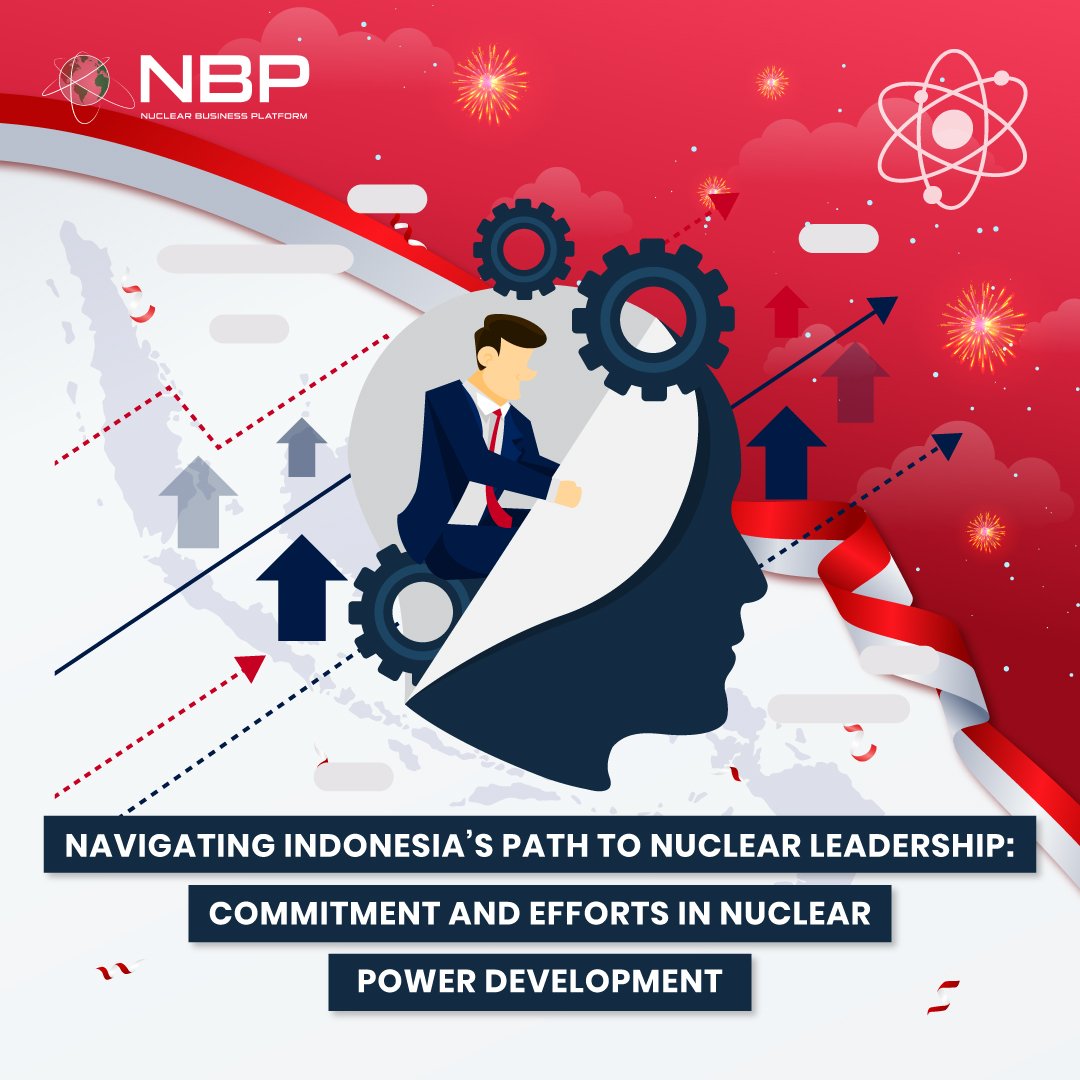
Navigating Indonesia’s Path to Nuclear Leadership: Commitment and Efforts in Nuclear Power Development
Indonesia is reigniting its nuclear ambitions! With a goal of 9 GW of nuclear capacity by 2040, the country is exploring SMR technology and prioritizing workforce development. This renewed commitment to nuclear energy marks a significant step in Indonesia's journey towards clean energy and sustainable development.
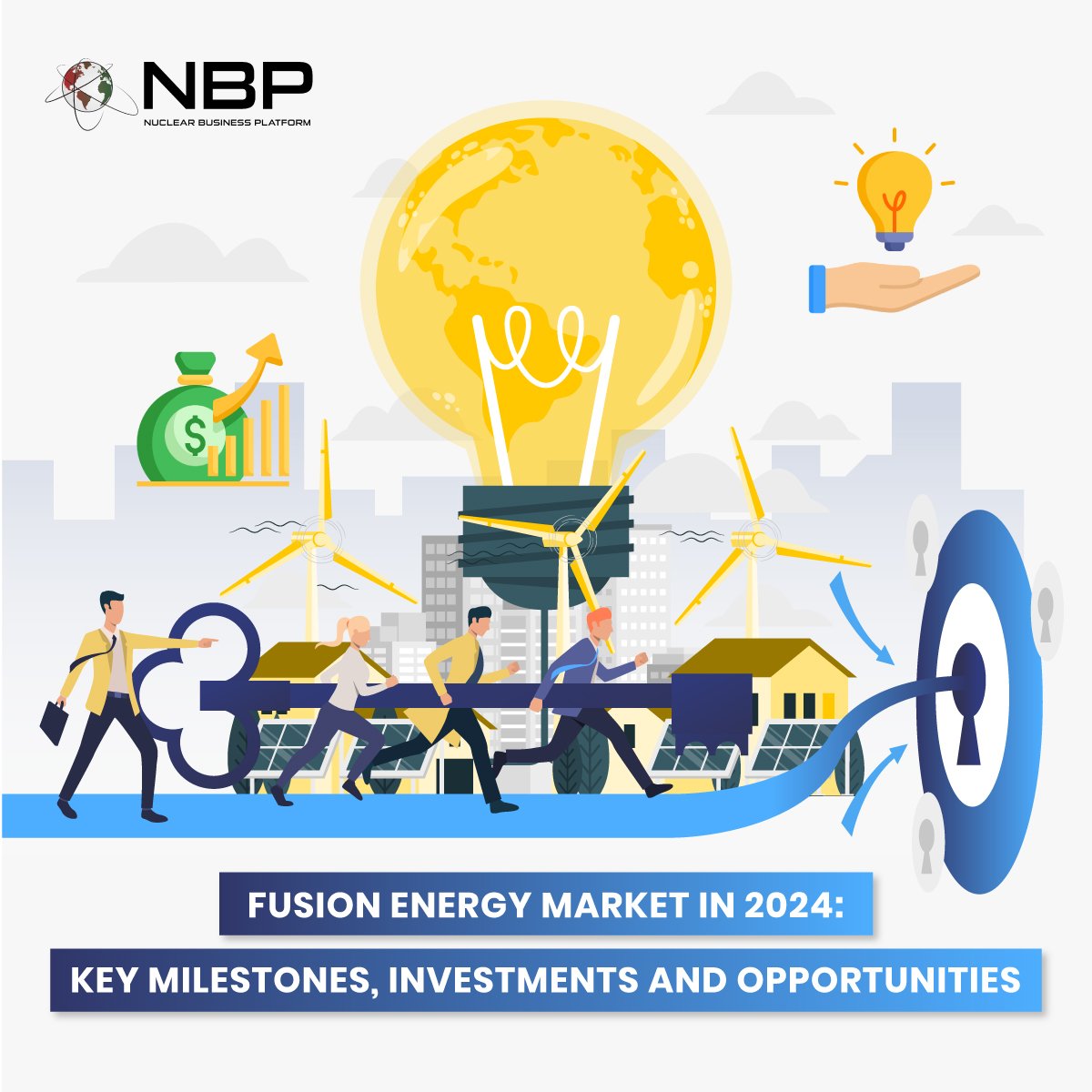
Top 3 Fusion Energy Players: Investments, Partnerships, and the Path to Commercialization
Fusion energy is heating up! With over $7.3 billion invested in 2024 and groundbreaking advancements in technology, fusion power is moving from labs to the marketplace. US companies like Commonwealth Fusion Systems and Helion Energy are leading the charge, with strong government support and global collaborations accelerating the race to commercialization.
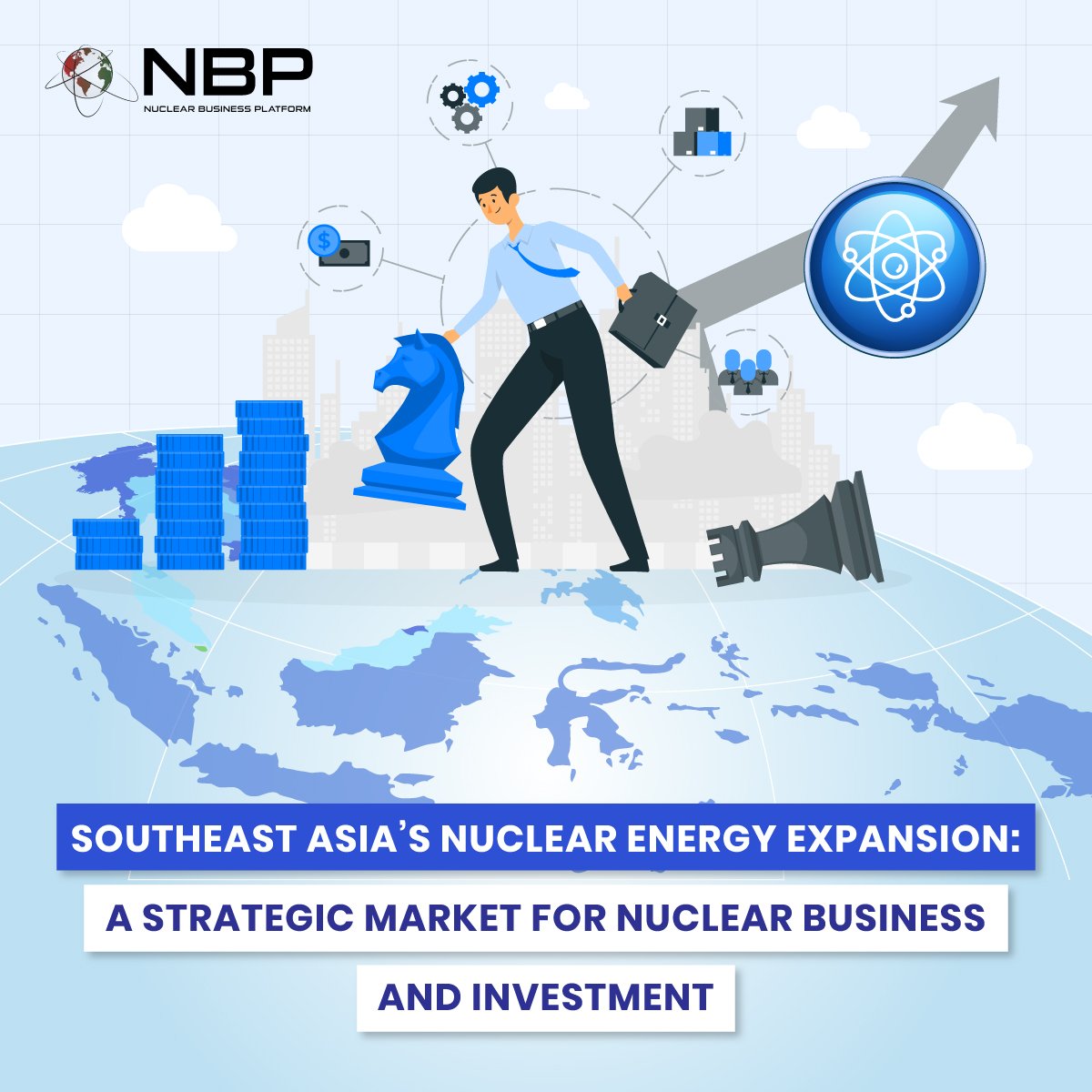
Southeast Asia’s Nuclear Energy Expansion: A Strategic Market for Nuclear Business and Investment
Southeast Asia is embracing nuclear energy! With countries like Indonesia, Malaysia, Philippines, and Vietnam actively pursuing nuclear power projects, the region is poised for a nuclear renaissance. This presents a multi-billion-dollar opportunity for global investors and nuclear companies seeking to capitalize on this growing market.
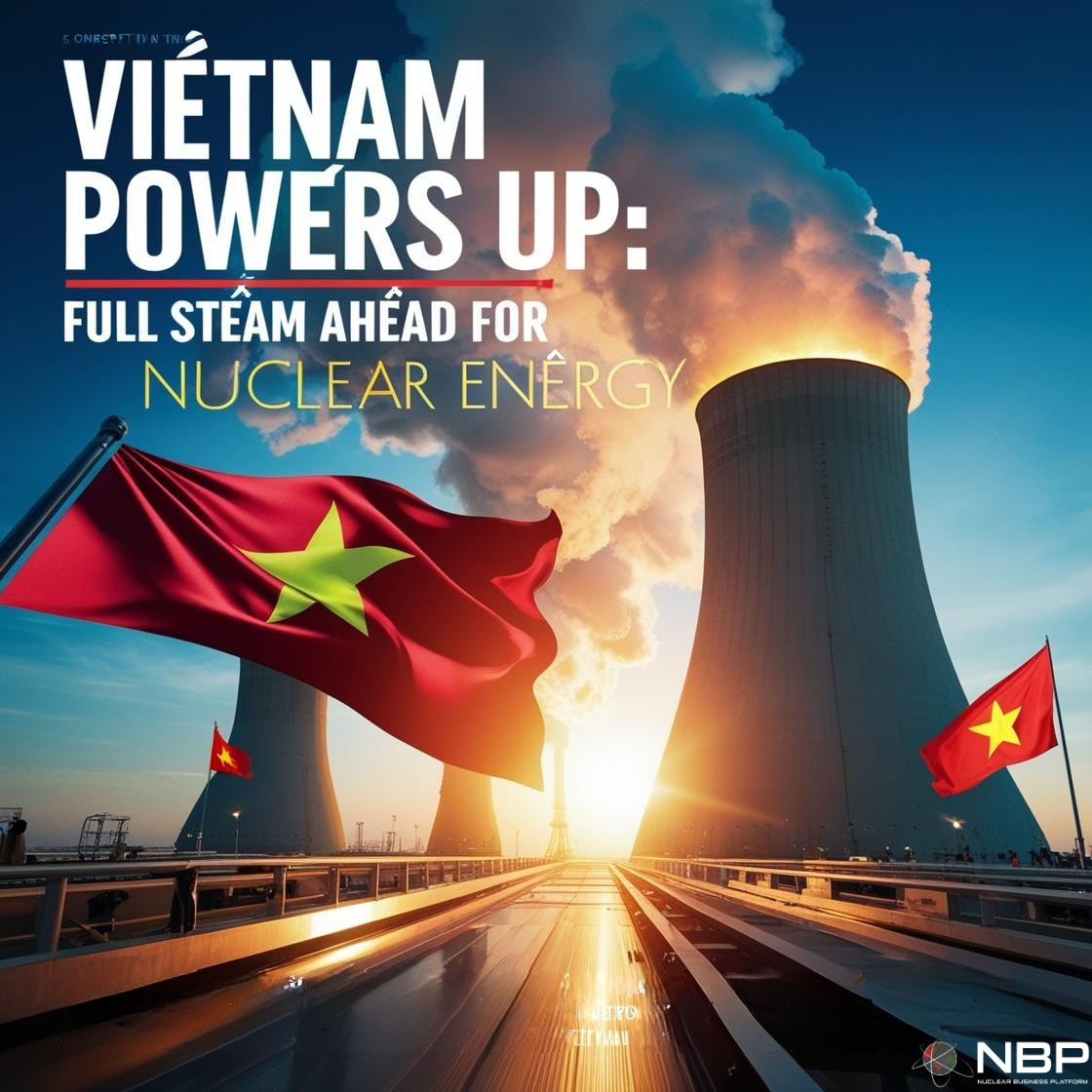
Vietnam Powers Up: Full Steam Ahead for Nuclear Energy
Vietnam is reigniting its nuclear ambitions! With a new Steering Committee led by Prime Minister Pham Minh Chinh, Vietnam is taking decisive steps to establish its first nuclear power plant by 2030. This renewed commitment to clean energy marks a significant milestone in Vietnam's sustainable development journey.
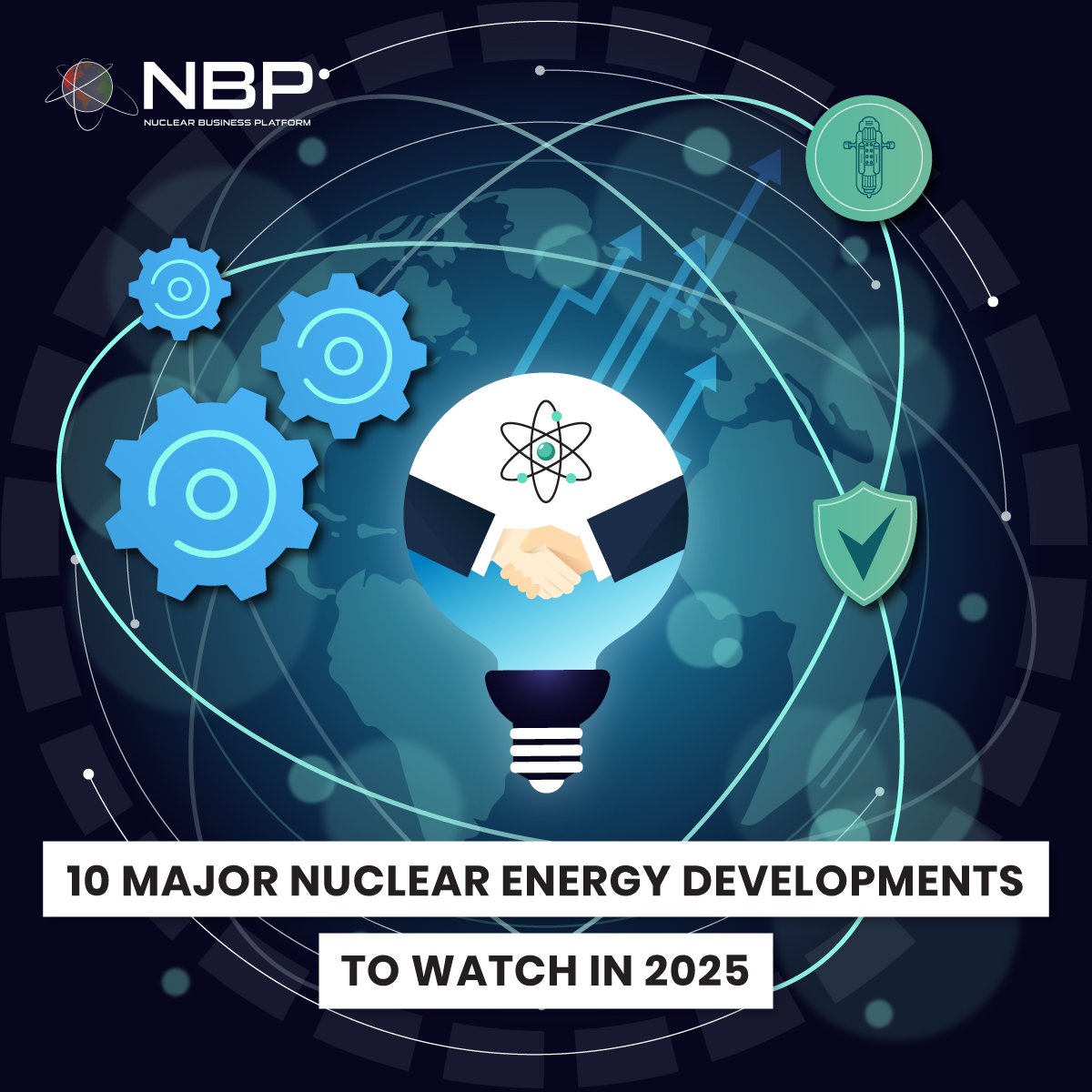
10 Major Nuclear Energy Developments to Watch in 2025
Nuclear energy is set for a groundbreaking year in 2025! With SMRs taking center stage, increased investments, and nations like Türkiye and Indonesia embracing nuclear power, the industry is poised for transformative growth. Don't miss out on these key developments shaping the future of clean energy!

Fusion Energy Market in 2024: Key Milestones, Investments and Opportunities
The fusion energy race is heating up! With over $7.1 billion invested in fusion startups, companies like TAE Technologies, Helion Energy, and Commonwealth Fusion Systems are leading the charge with groundbreaking technologies and ambitious goals. Governments are also stepping up their support, recognizing the transformative potential of fusion power.
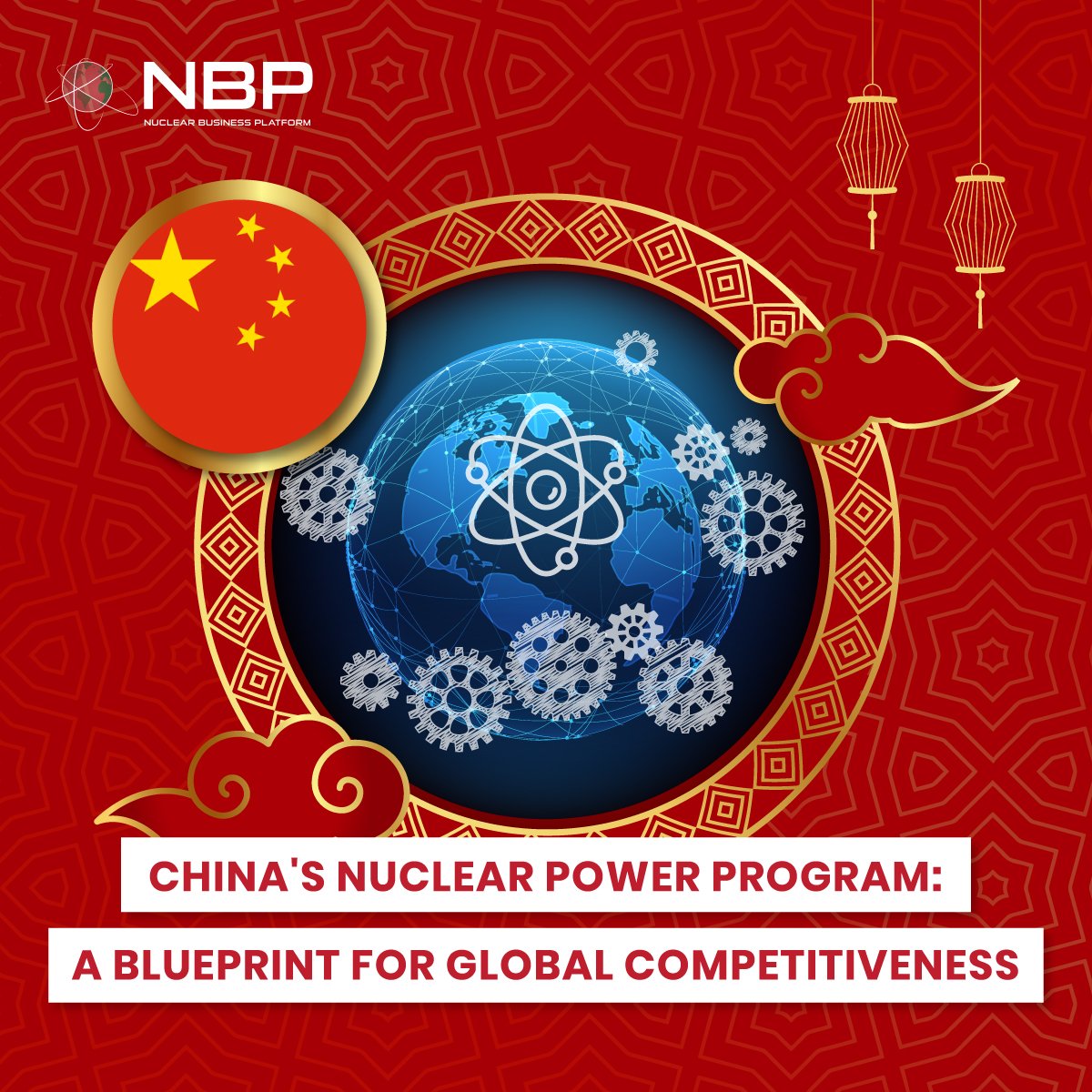
China's Nuclear Power Program: A Blueprint for Global Competitiveness
China is leading the way in nuclear energy! With 57 operational reactors and 30 more under construction, China is rapidly expanding its nuclear capacity, aiming for 200 GW by 2035. Strong government support, advanced technology, and a focus on innovation have positioned China as a global leader in the nuclear sector.

Exploring Business Opportunities in South Korea's Nuclear Market: Strategies for 2030
South Korea is going nuclear and wants YOU to join them! With massive government investments, a focus on next-generation reactors (including SMRs!), and strong partnerships with private companies, South Korea is a HOT market for nuclear companies and investors. Don't miss out on this opportunity to be part of a dynamic and growing sector!
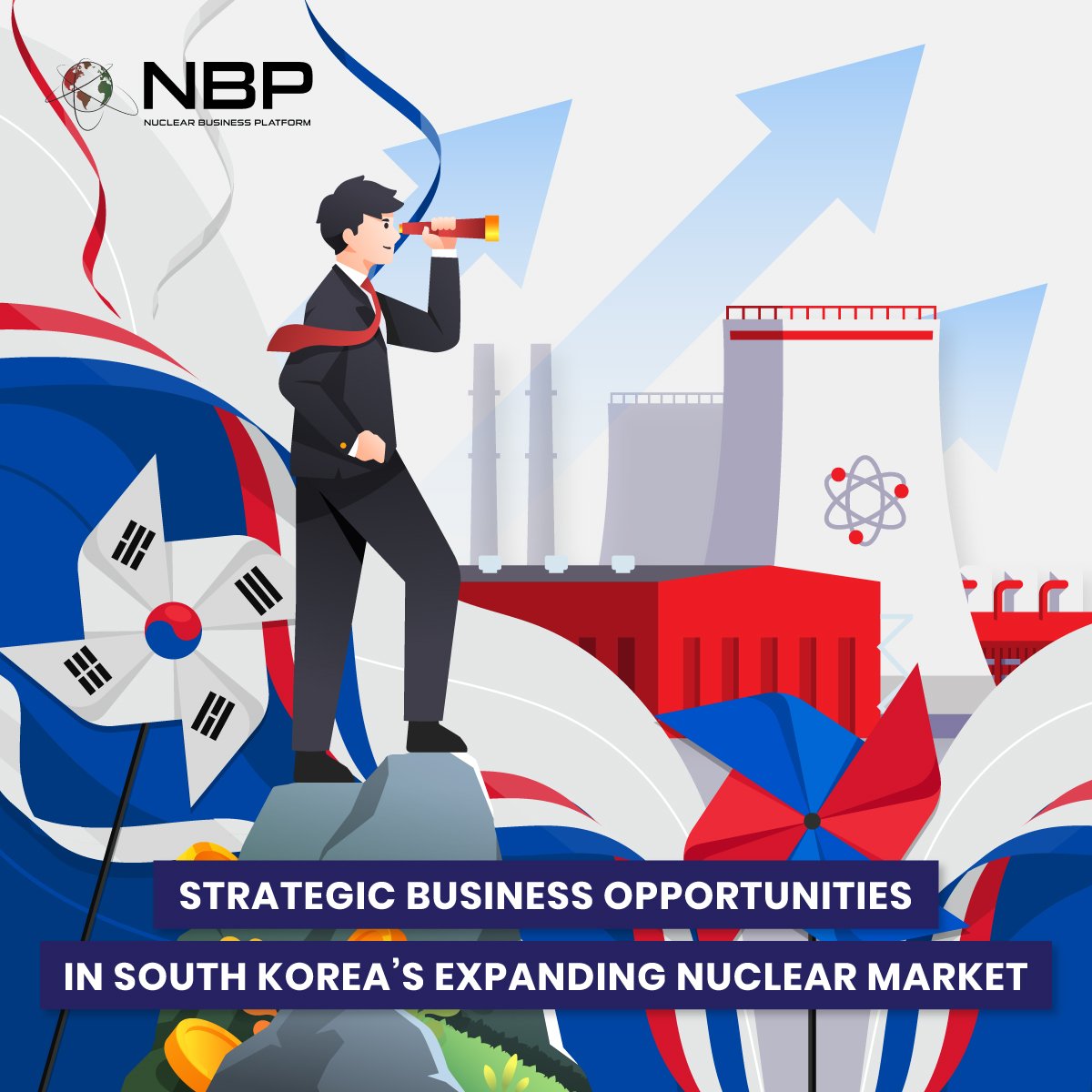
Strategic Business Opportunities in South Korea’s Expanding Nuclear Market
South Korea is ramping up its nuclear power program and opening doors for international collaboration! With ambitious plans to secure 10 new nuclear power plant orders by 2030 and a strong focus on SMR development, South Korea offers a wealth of opportunities for foreign companies. From joint ventures and R&D collaborations to accessing broader Asian markets, now is the time to partner with South Korea and be part of its nuclear success story.
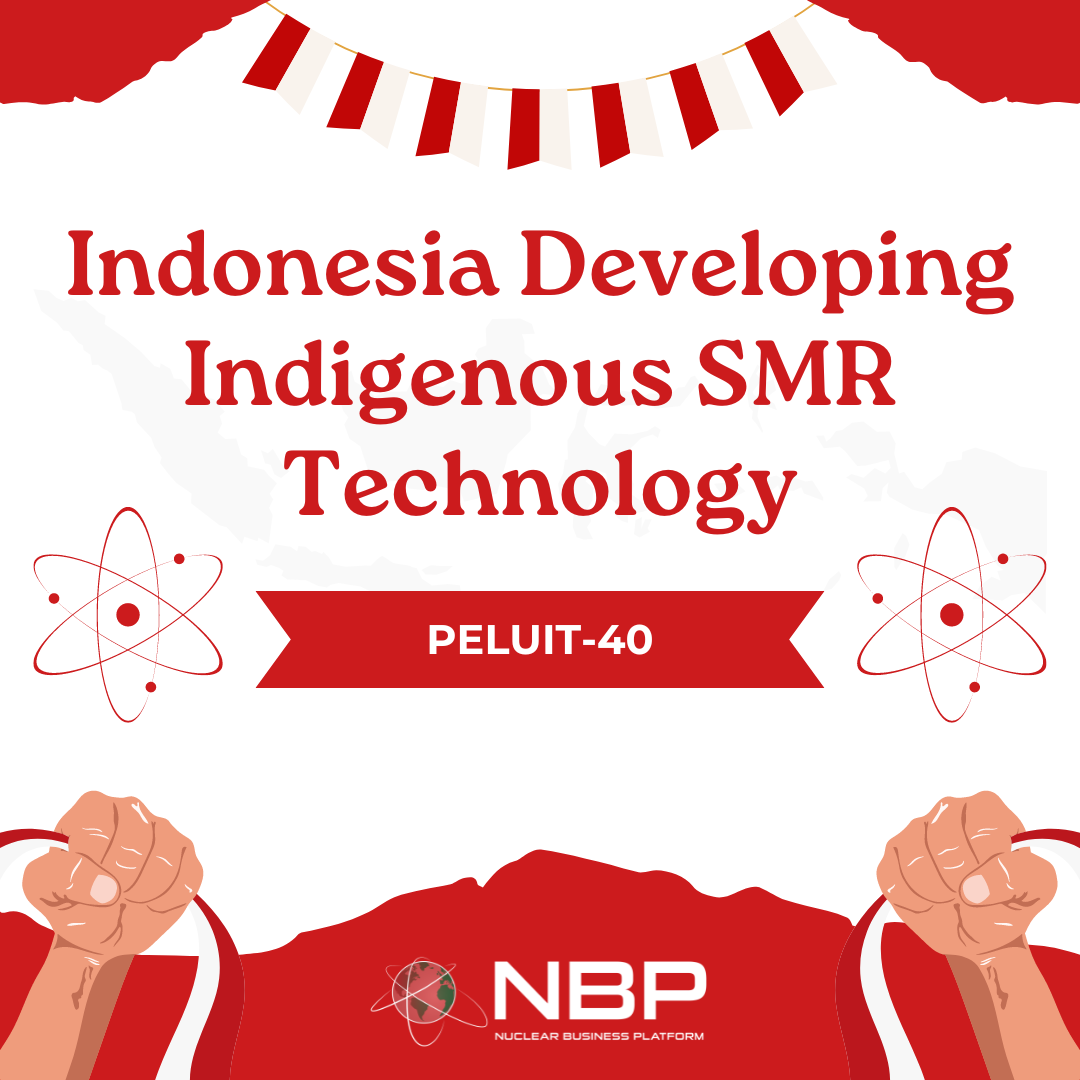
Indonesia Developing Indigenous SMR Technology
Indonesia is heating up its clean energy game with PeLUIt-40, an ultra-high temperature nuclear reactor! 🔥 This innovative project could generate not only electricity but also low-carbon hydrogen. 🌱 Learn more about Indonesia's ambitious plans for nuclear energy and how it could shape the future of clean energy in Southeast Asia.

Indonesia Targets Commercial Operation of Nuclear Power Plants by 2032
Indonesia is accelerating its nuclear ambitions! 🇮🇩 The government has moved up the timeline for commercial nuclear power to 2032 and is actively collaborating with global partners. New regulations are in place to streamline development, with public support already exceeding 60%. Could this be the dawn of a new energy era for Indonesia?
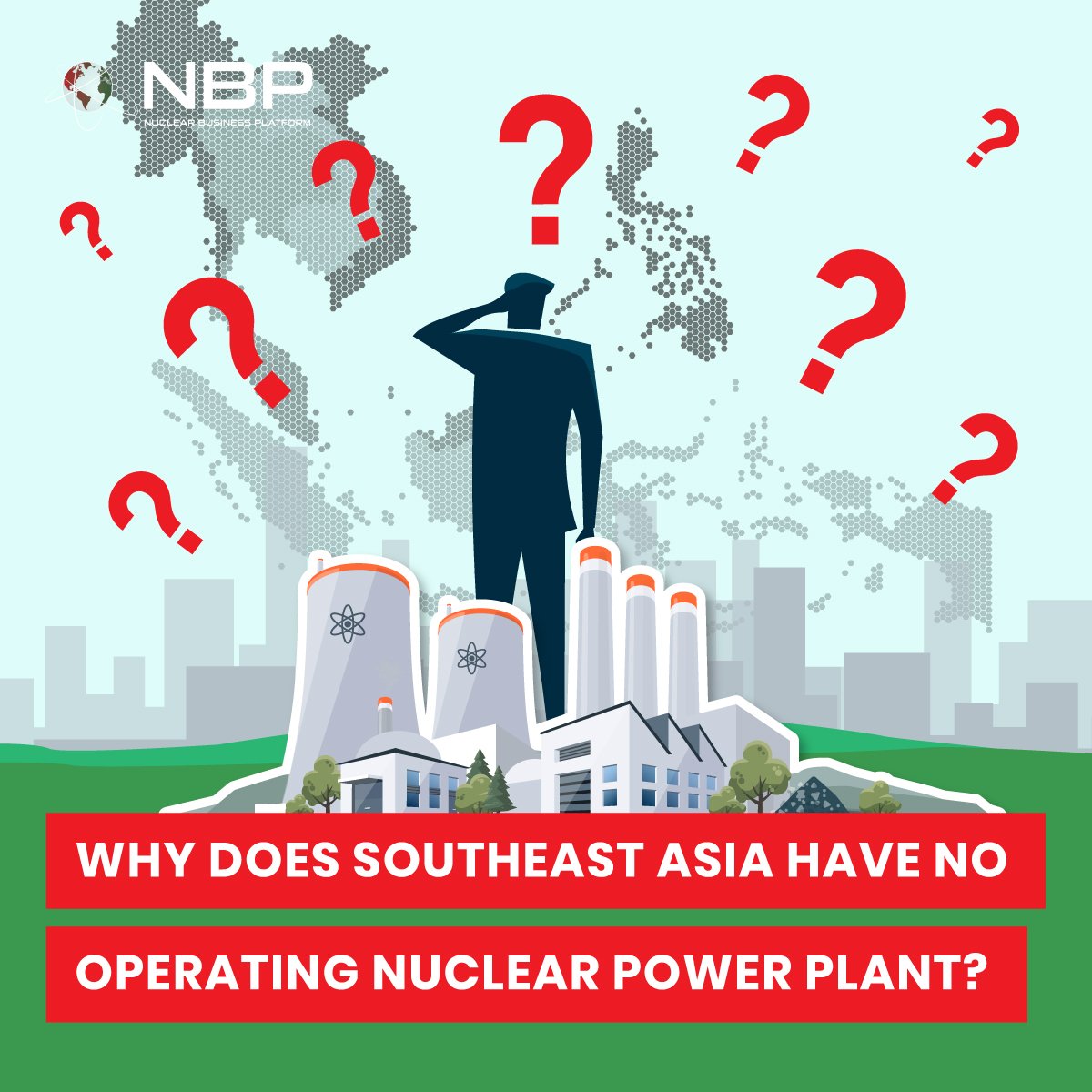
Nuclear Power: Curse or Cure for Southeast Asia's Energy Future?
As Southeast Asia booms, its energy needs skyrocket. Could nuclear power, once attempted and abandoned, hold the key to the region's future? Past hurdles, Bangladesh's surprising success, and lessons learned suggest nuclear deserves a second look. Discover why in this in-depth analysis.
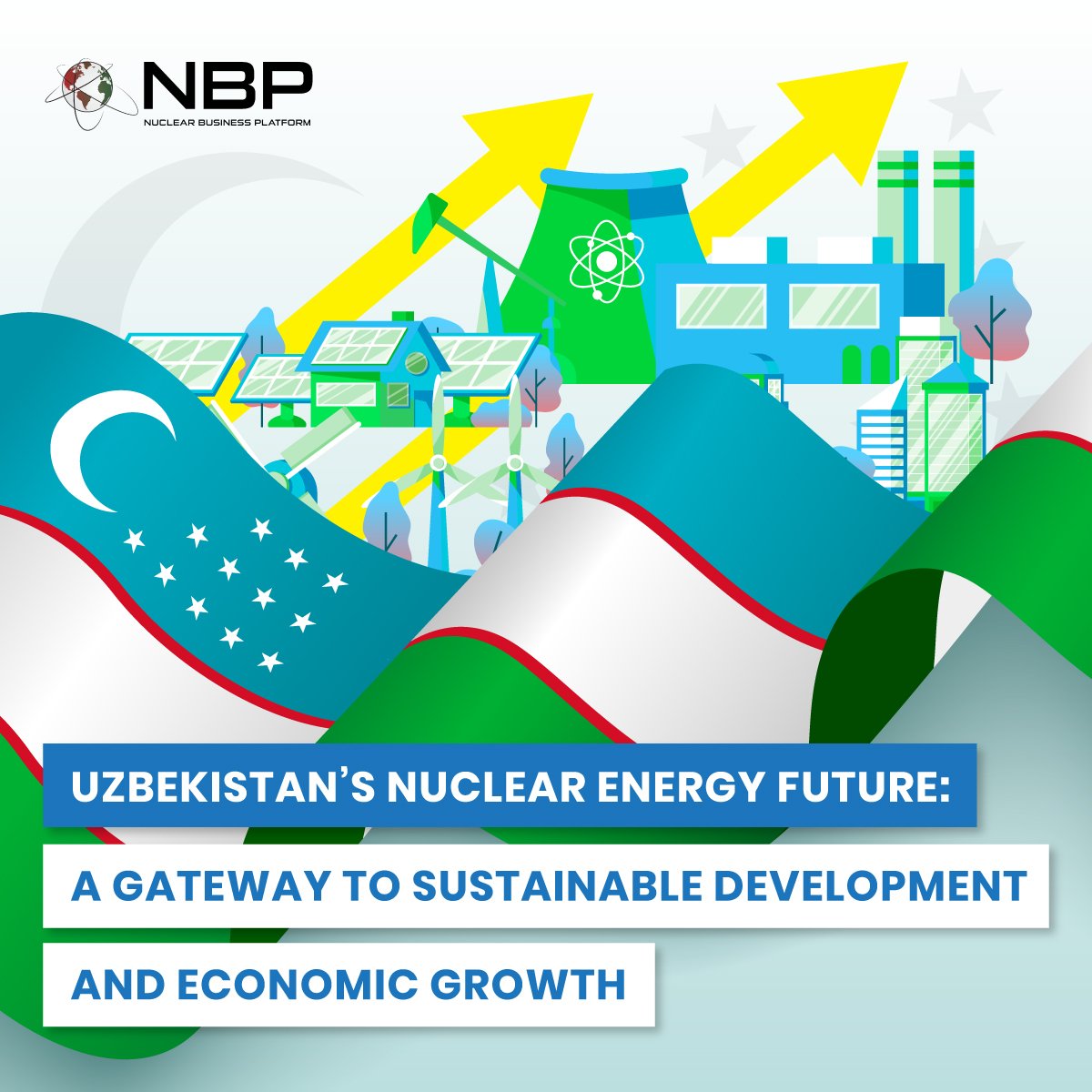
Uzbekistan’s Nuclear Energy Future: A Gateway to Sustainable Development and Economic Growth
Uzbekistan has experienced a steady increase in electricity production, recording a 27% surge since 2008. Anticipating the expansion of both the economy and population, electricity demand is projected to escalate by 50% by 2030. To keep up with the energy demand, the development of nuclear power plants emerges as a viable option for Uzbekistan to secure a reliable source of baseload electricity.
